General Information
Check out our latest Fall Edition!
The goal of this series is to expand the understanding of those both new and experienced with SLAM. Sessions will include research talks, as well as introductions to various themes of SLAM and thought provoking open-ended discussions. This is the inaugural series in the lineup of events aiming to foster fun, provocative discussions on robotics.
You can add the schedule to your Google calendar here or iCal here.
Sign up here to receive email updates and reminders about the presentations.
Join our Discord server here, where we occasionally attend to Q&A’s regarding SLAM while also providing resources on SLAM. Through this discord, we aim to foster a fun and inclusive learning community for SLAM. If you are an expert or newcomer, we invite you to join the discord server to build the community.
Event Format: 40 min Talk & 20 min Open-ended Discussion
Schedule
| Presenter | Session Title | Date/Time | YouTube Link | |
|---|---|---|---|---|
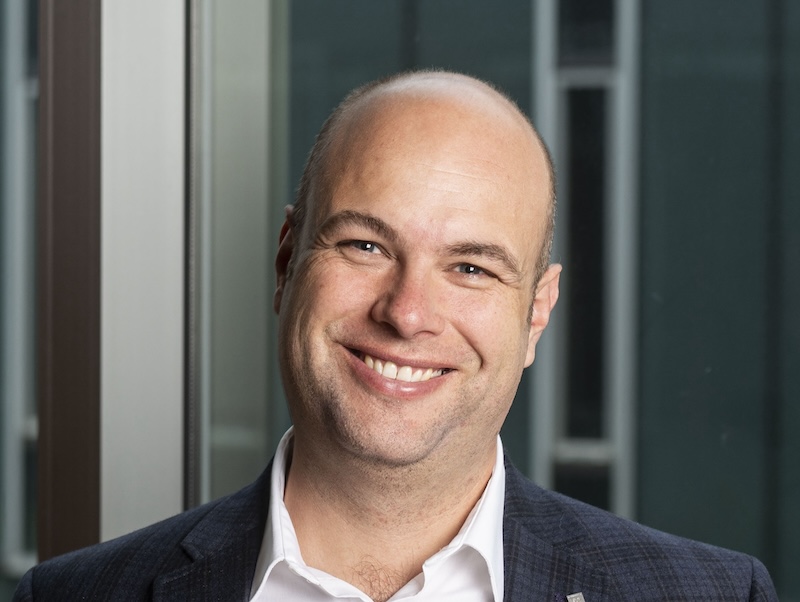 |
Associate Research Professor Carnegie Mellon University |
Challenges in SLAM: What's ahead Outline and Links |
27 May 2021 12:30 PM EST |
|
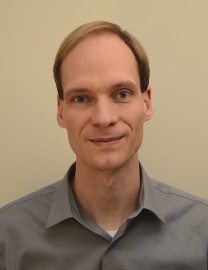
|
Associate Research Professor Carnegie Mellon University |
Factor Graphs and Robust Perception Outline and Links |
3 June 2021 4:00 PM EST |
|

|
Professor in Electrical Engineering Queensland University of Technology |
Biologically-inspired SLAM: Where are we coming from and where could we go? Outline and Links |
10 June 2021 4:00 PM EST |
|
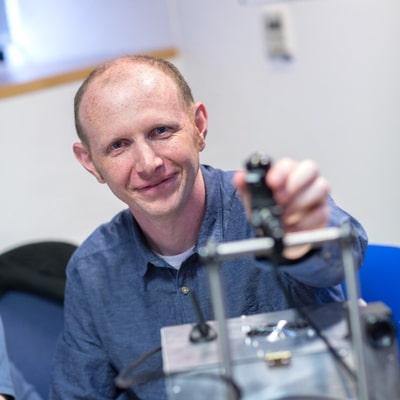
|
Professor of Robot Vision Imperial College London |
Graph-based representations for Spatial-AI Outline and Links |
1 July 2021 12:30 PM EST |
|
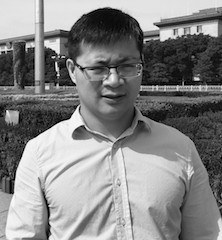
|
Associate Professor University of Delaware |
Visual-Inertial Estimation and Perception Outline and Links |
8 July 2021 12:30 PM EST |
|

|
Assistant Professor in Department of Aeronautics and Astronautics Massachusetts Institute of Technology |
The Future of Robot Perception: Recent Progress and Opportunities Beyond SLAM Outline and Links |
15 July 2021 12:30 PM EST |
|

|
Professor of Mechanical and Ocean Engineering Massachusetts Institute of Technology |
The Past, Present and Future of SLAM Outline and Links |
22 July 2021 12:00 PM EST |
|

|
PhD Candidate Mila |
Differentiable Programming for Spatial AI: Representation, Reasoning, and Planning Outline and Links |
29 July 2021 12:30 PM EST |
|
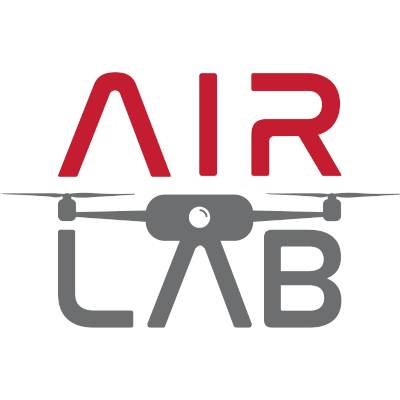 |
AirLab Carnegie Mellon University |
Wenshan - Pushing the limits of Visual SLAM Shibo - Super Odometry: Robust Localization and Mapping in Challenging Environments |
12 August 2021 12:30 PM EST |
|
 |
Paloma Sodhi & Sudharshan Suresh Robot Perception Lab Carnegie Mellon University |
Paloma -Learning in factor graphs for tactile perception Sudharshan - Tactile SLAM: inferring object shape and pose through touch |
19 August 2021 12:30 PM EST |
|
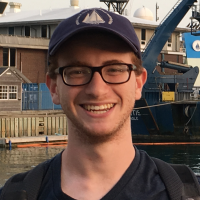 |
PhD Candidate Massachusetts Institute of Technology |
Robust Semantic SLAM: Representation and Inference |
26 August 2021 12:30 PM EST |
|
Organizers
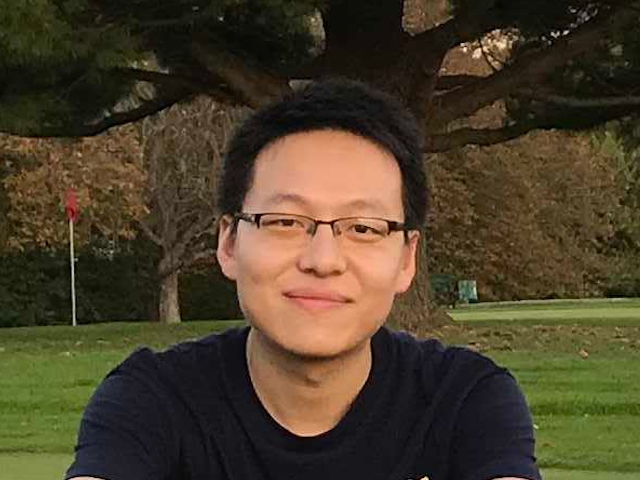
PhD Candidate Carnegie Mellon University |
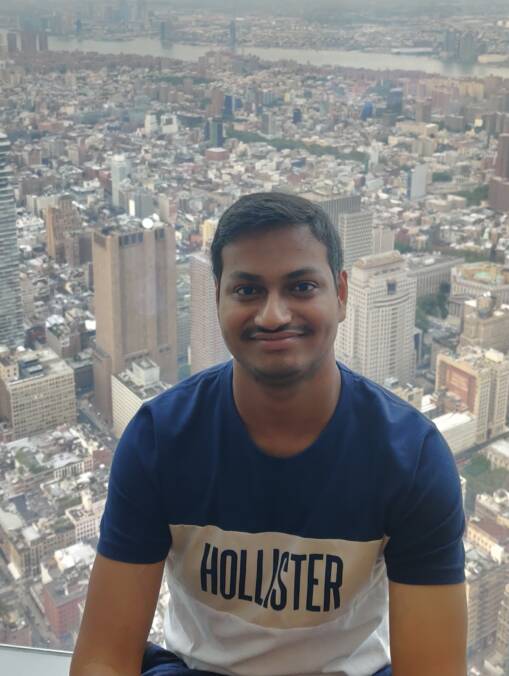
Robotics Institute Summer Scholar IIT (ISM) Dhanbad |
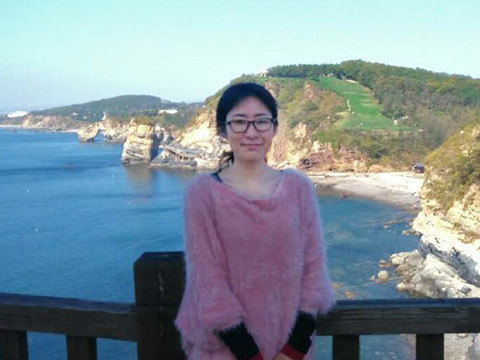
Scientist Carnegie Mellon University |
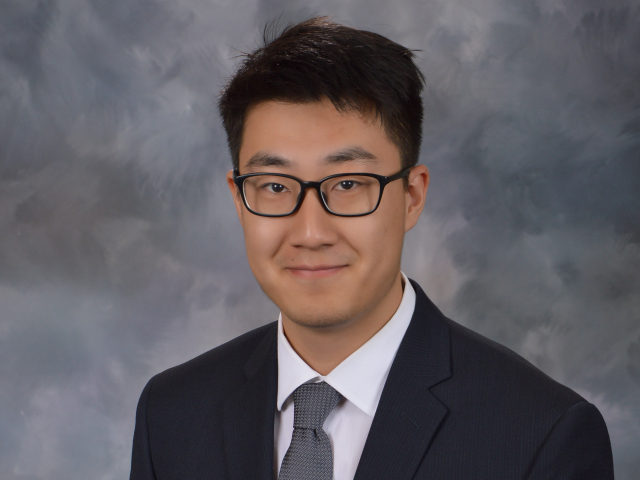
Master's Student Carnegie Mellon University |
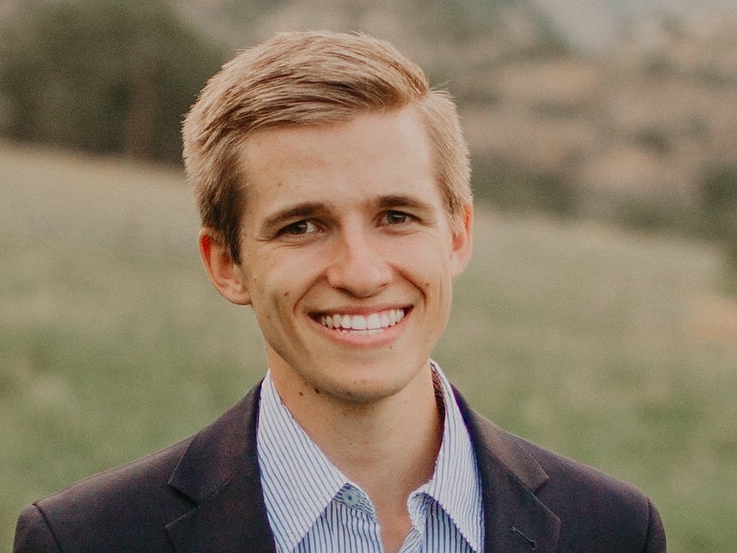
PhD Candidate Carnegie Mellon University |